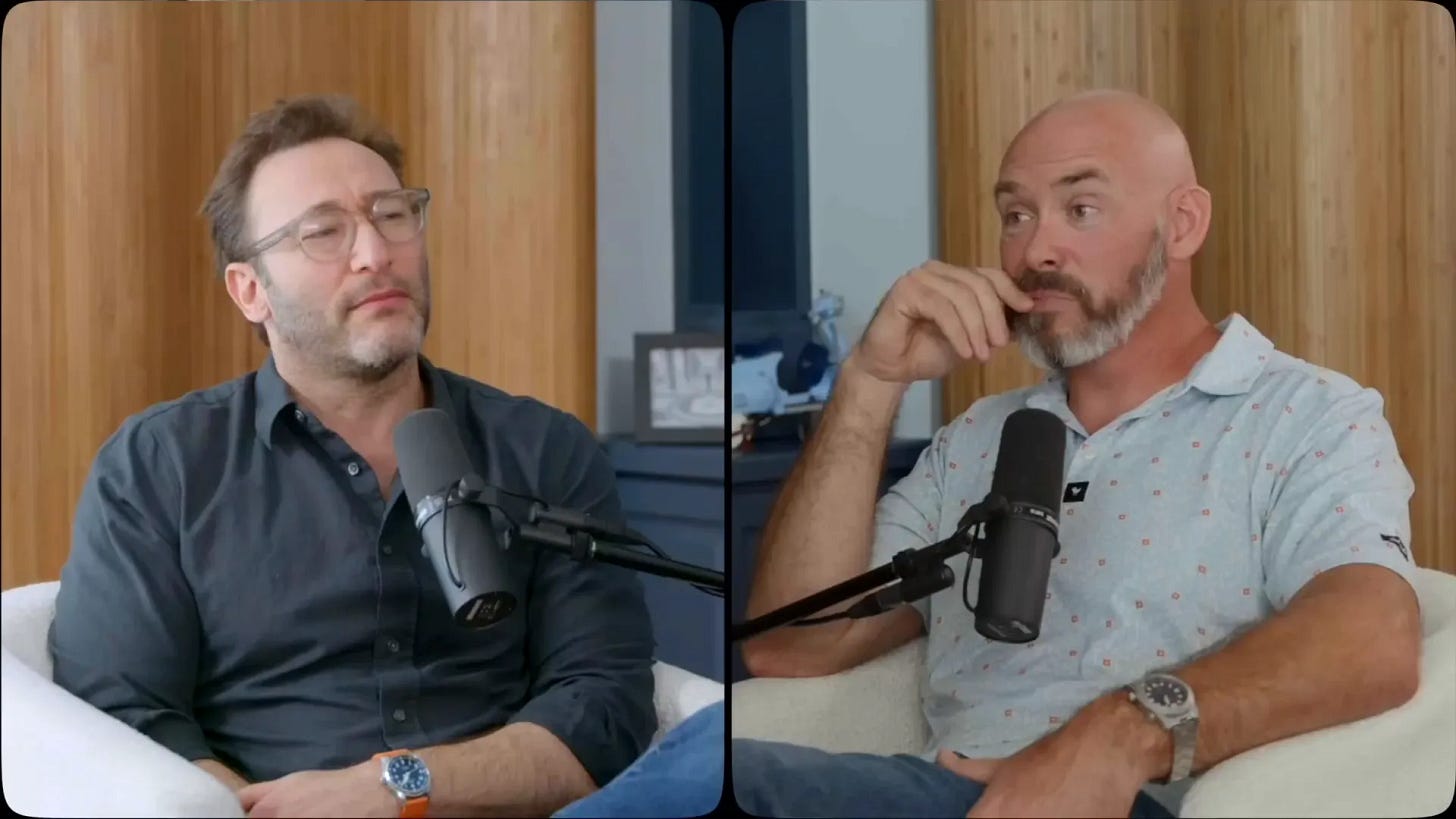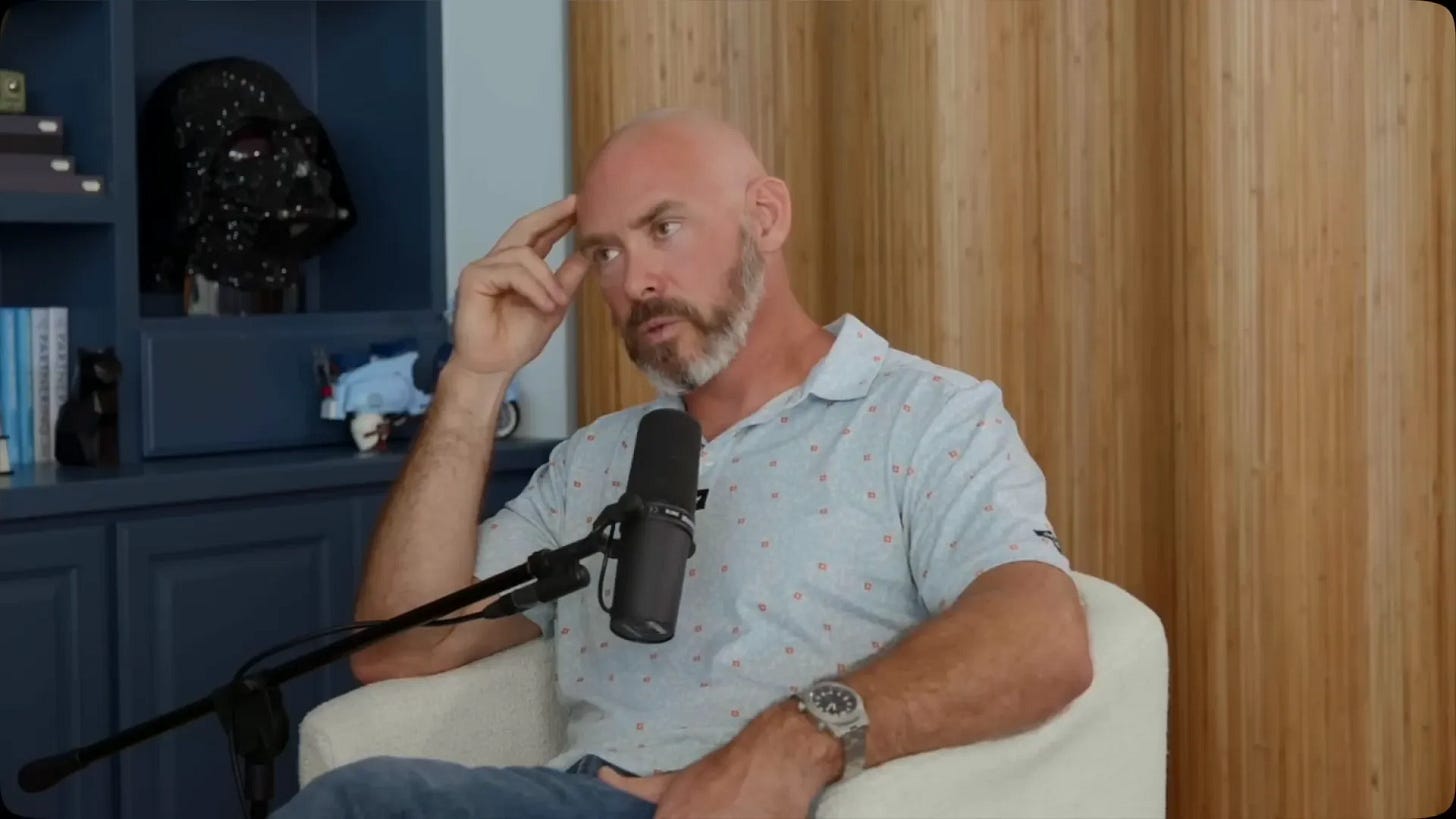The Quiet Power of the Empathetic Leader
Lessons for Field Hockey Coaches from a Navy SEAL Turned Rowing Coach
Leadership in high-performance sports often calls to mind images of fiery speeches, intense drills, and unrelenting pressure to perform. But what if the true power of leadership lies not in volume or spectacle, but in quiet empathy? What if understanding your team’s emotional state, connecting with them on a human level, and guiding them patiently could unlock their best performance? These are some of the insights shared by Gordon Schmidt, a retired Navy SEAL who transitioned into coaching high school rowing, in his conversation with Simon Sinek, known for his books and presentations on inspirational leadership .
His journey and leadership philosophy offer valuable lessons for field hockey coaches, team leaders in any high-stakes sport, and anyone looking to grow as a coach. Gordon’s story is compelling not only because of his unique background but because of the universal truths he reveals about leadership, resilience, and team culture. Let’s explore the lessons he shares and what they mean for coaches aiming to build stronger, more cohesive teams.
Coming up are:
→ The journey from Navy SEAL to rowing coach
→ The power of teamwork and coordination
→ The emotional complexity of your identity in high performance teams
→ The rollercoaster of team selection
→ The culture is the backbone
→ Lessons learned about empathy… and several other topics of leadership…
From Navy SEAL to Rowing Coach: A Journey of Purpose and Patience
Gordon spent over 20 years in the Navy SEALs, leading teams in some of the most intense, high-pressure environments imaginable. After retiring about a year and a half ago, he faced what many veterans do—a period of adjustment and searching for a new identity. For a while, he found himself “wallowing,” struggling with the loss of the brotherhood and purpose that had defined so much of his life.
Then a former Navy teammate nudged him back into rowing, a sport he had loved at the Naval Academy but hadn’t touched for over two decades. The first practice was a seat race, a tough, competitive format that immediately drew him back into the rhythm and flow of the sport. This reintroduction to rowing sparked something new: a chance to lead again, but this time in a very different context.
When the head coach position for the San Diego Rowing Club’s high school men’s team opened up, Gordon applied and was surprisingly hired—even with zero formal coaching experience. The reason? His deep understanding of rowing and, notably, his experience navigating the complex spectrum of “male ego” from his military background. This insight alone speaks volumes about the importance of emotional intelligence in coaching.
Transitioning from combat leadership to coaching teens required Gordon to develop patience—a trait he admits he had to learn actively.
Coaching, he realized, is fundamentally about patience and presence, about showing up consistently and being aware of how you’re interacting with your team emotionally and psychologically.
SEAL Teams and Rowing Crews: The Power of Teamwork and Coordination
One of the most striking parts of Gordon’s story is how he draws parallels between SEAL teams and rowing crews. Both require intense coordination, mutual trust, and a shared commitment to the team’s success over individual glory. He makes a crucial distinction between rowing as a sport and crew as a team activity. While one can row solo, crew demands synchronization and teamwork—qualities essential both in combat and in competitive sports.
For field hockey coaches, this is a powerful reminder that success isn’t just about assembling the most talented players but about fostering a culture of collaboration, trust, and mutual accountability. The crew’s performance depends on every member moving in harmony, much like a field hockey team must operate seamlessly across offense, defense, and transition phases.
Gordon’s military experience taught him that working together is the only path to success, a lesson that applies to any team sport. The mental toughness required in SEAL training also mirrors the discipline and resilience needed in high-performance sports like field hockey.
Takeaway for Field Hockey Coaches:
Focus on building team cohesion and understanding each player’s role in the collective effort.
Emphasize coordination drills that promote synchronization and communication.
Recognize that individual talent is important but only as part of a well-oiled team machine.
Identity, Loss, and the Transition from SEAL to Coach
Leaving the SEAL teams was a profound emotional challenge for Gordon. Though he tried to keep his identity separate from his job, the two were deeply intertwined. The loss of the brotherhood—the unique camaraderie that comes with being part of an elite group—was especially hard.
He shares a poignant metaphor: the “loudest sound in the world” isn’t gunfire in battle but the gate shutting behind you on your last day in the teams. That moment symbolizes a finality and the start of a new chapter that can feel isolating and disorienting.
For coaches in any sport, understanding this emotional complexity is critical. Players and coaches alike often tie their identity to their role on the team. Especially for those in high performance teams. When transitions occur—whether retiring, changing teams, or moving into coaching—there can be a sense of loss. Recognizing and addressing this emotional reality can help you support your athletes more effectively.
Gordon’s acceptance of this loss, and his decision to stop numbing the sadness and instead embrace it, was a turning point. Coaching gave him a renewed sense of purpose and connection, allowing him to channel his energy into developing young athletes.
Takeaway for Field Hockey Coaches:
Be aware of the emotional identities tied to athletic roles and transitions.
Create a supportive environment where players can express vulnerability and process change.
Use your own experiences to empathize with athletes facing challenges or transitions.
Learning from Athletes: The Emotional Rollercoaster of Team Selection
One story Gordon shares is about a young rower who was moved out of the top varsity boat and placed into a lower tier. The athlete went through a classic emotional cycle—anger, sadness, isolation—before accepting the change and committing fully to making his new boat the fastest possible.
This story is a goldmine for coaches in high-performance sports. It highlights the importance of helping athletes manage disappointment and reframe setbacks as opportunities. Gordon’s approach was clear and compassionate:







